Understanding Sight Words: A Comprehensive Guide with Free Worksheets
Sight words are commonly used words that young children are encouraged to recognize without having to sound them out. These words often do not follow regular phonetic rules and appear frequently in written language, making them essential for developing reading fluency. Examples of sight words include “the,” “and,” “to,” “said,” and “was.”

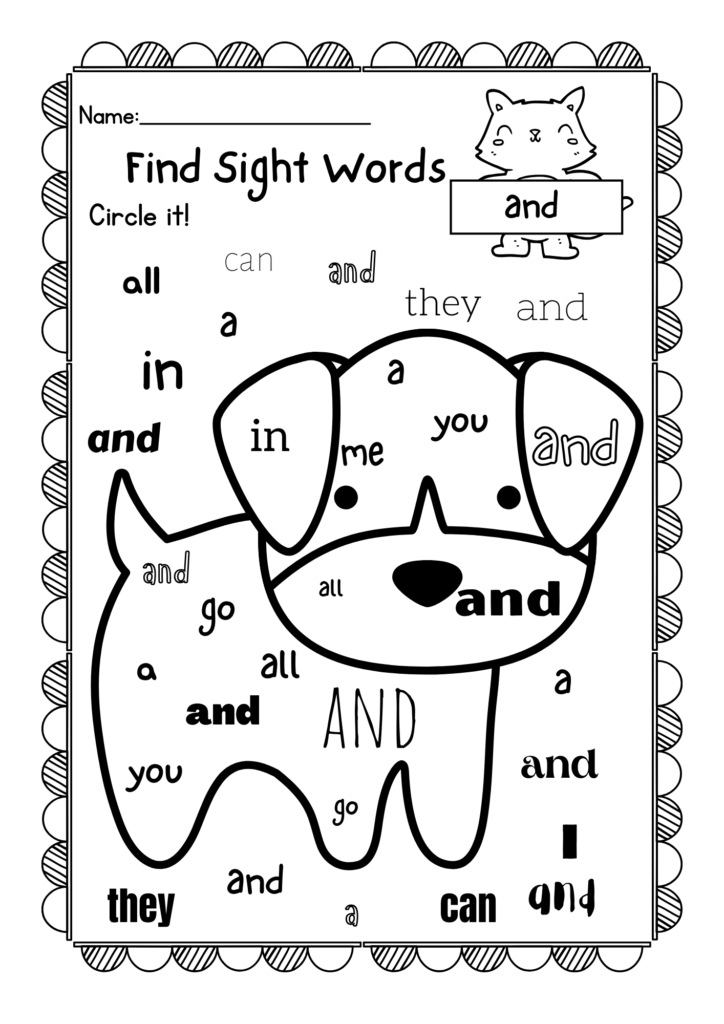
Download Sight Words Worksheet
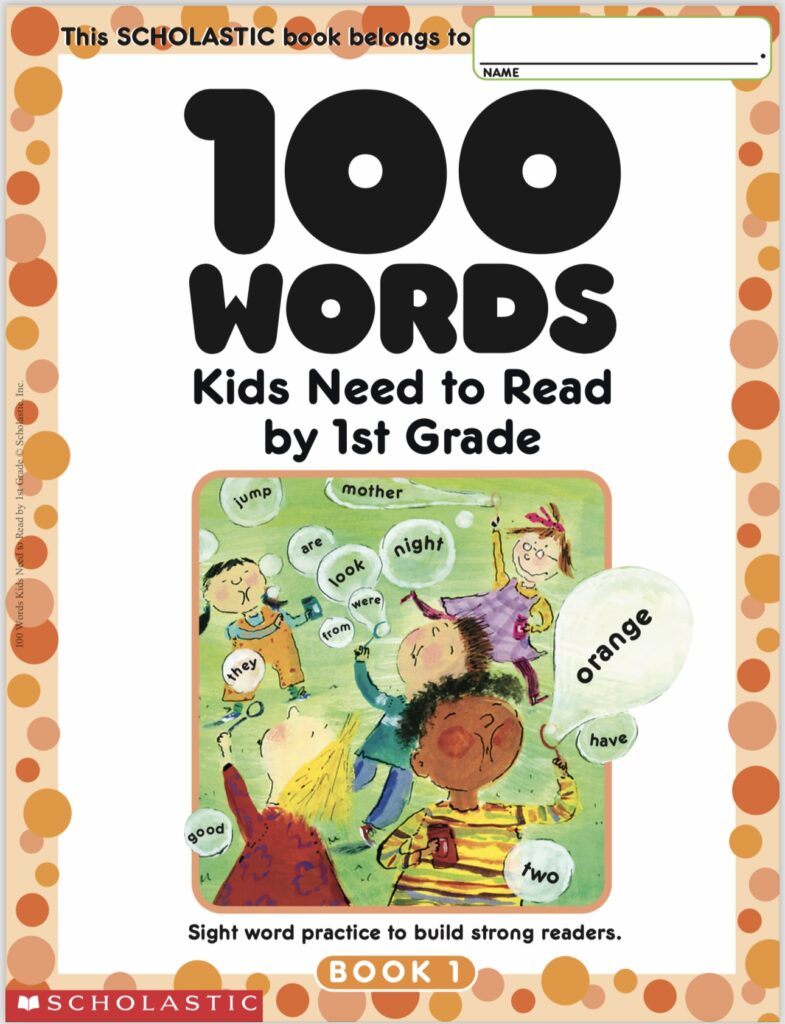
Sight words Book
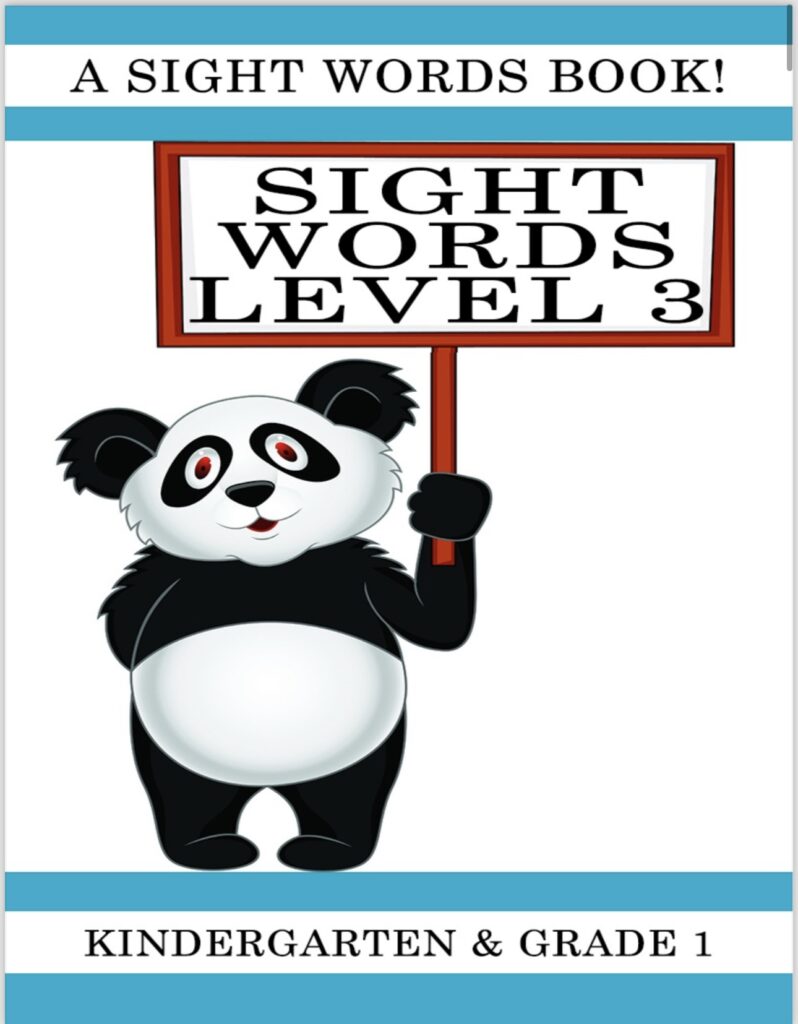
Sight words level 3
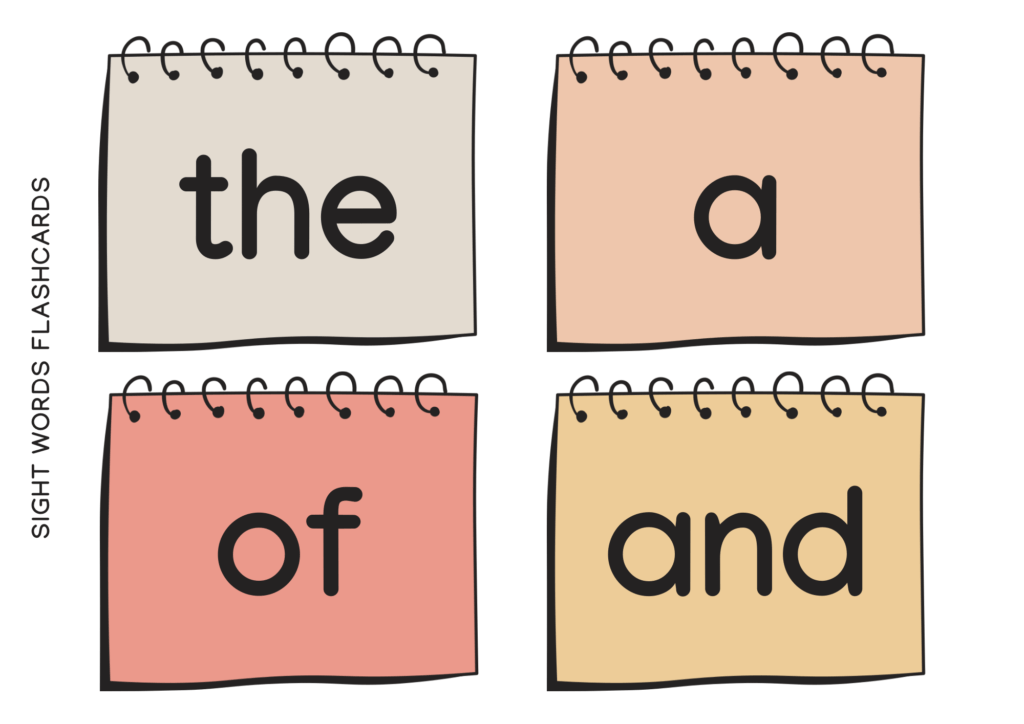
Sight words Flashcards
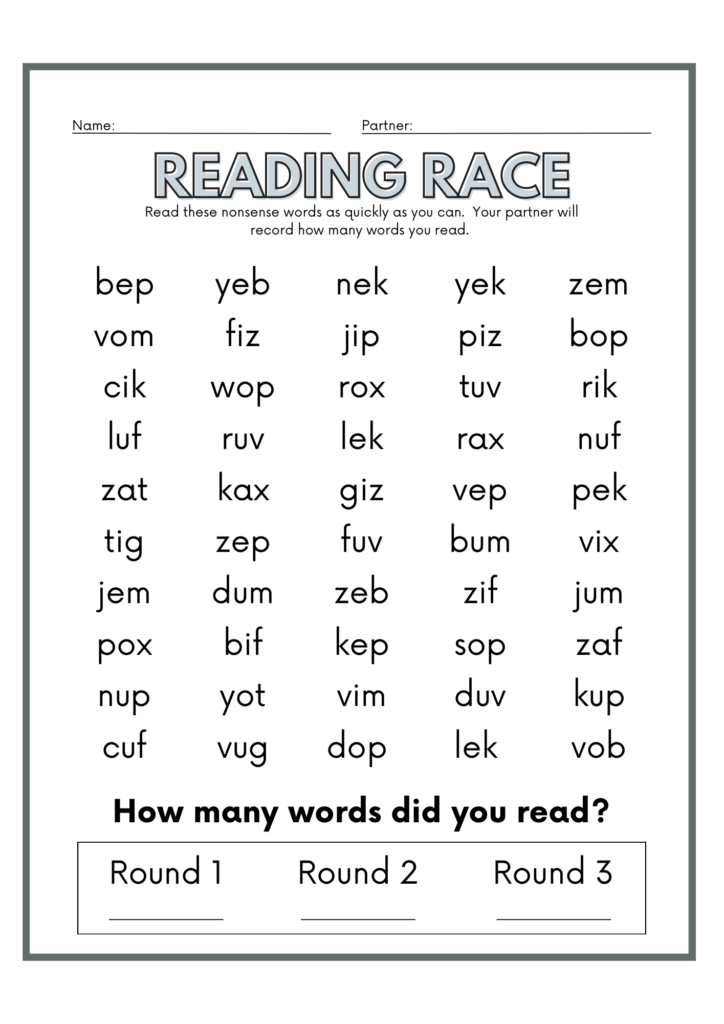
Reading Sight words (7 pages workbook)
You may also like: Phonics worksheets-Why Phonics is important in Early Education
You may also like: English Grammar in Familiar Lectures by Samuel Kirkham
Importance of Sight Words
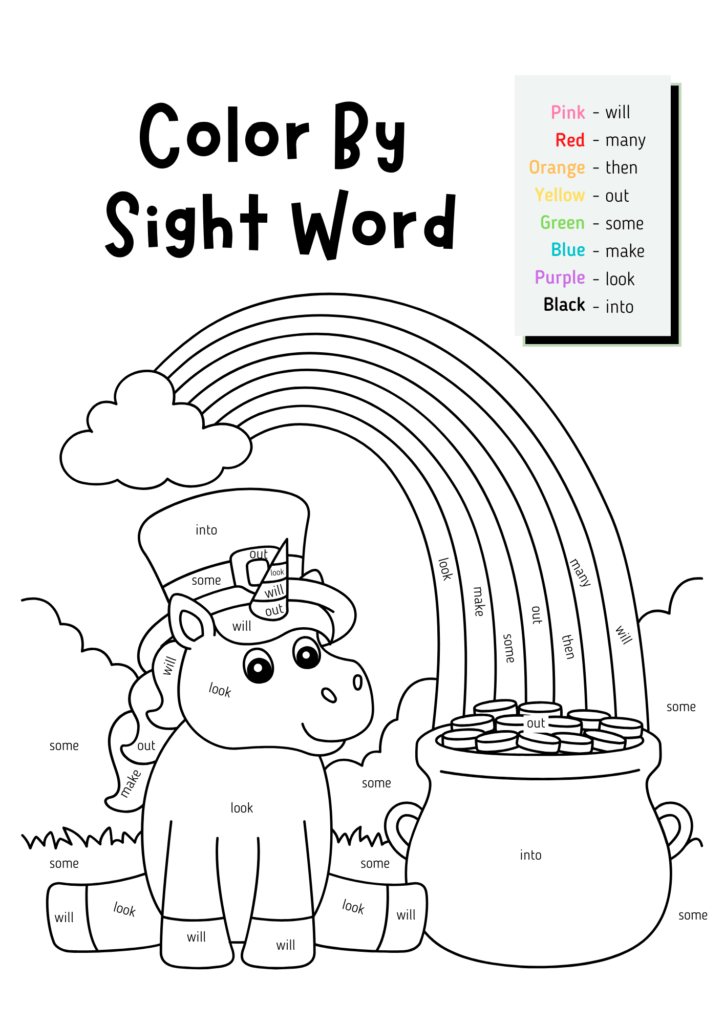
Download Sight Words Worksheet
- Reading Fluency: Recognizing sight words instantly allows children to read more smoothly and quickly. This fluency is crucial for comprehension, as it enables readers to focus on the meaning of the text rather than decoding each word.
- Building Confidence: Mastery of sight words gives young readers confidence. Being able to recognize and read common words helps children feel successful and encourages them to continue practicing their reading skills.
- Foundation for Learning: Sight words serve as a foundation for learning more complex words and texts. Since these words are often used in sentences, knowing them helps children understand the context and meaning of stories and informational texts.
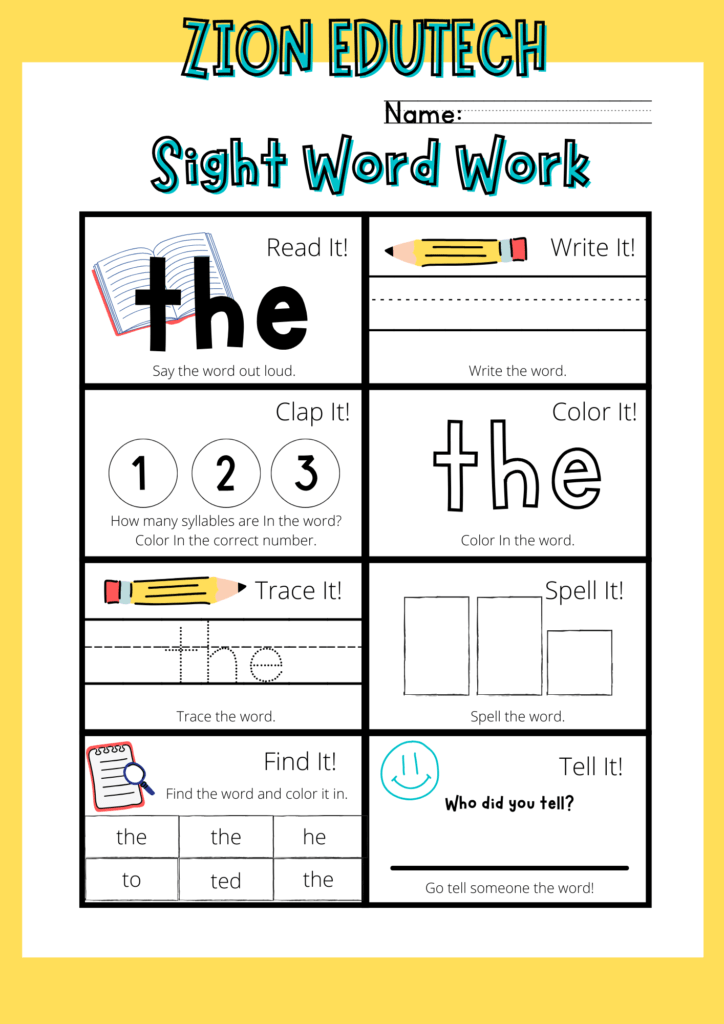
Download Sight Words Worksheet


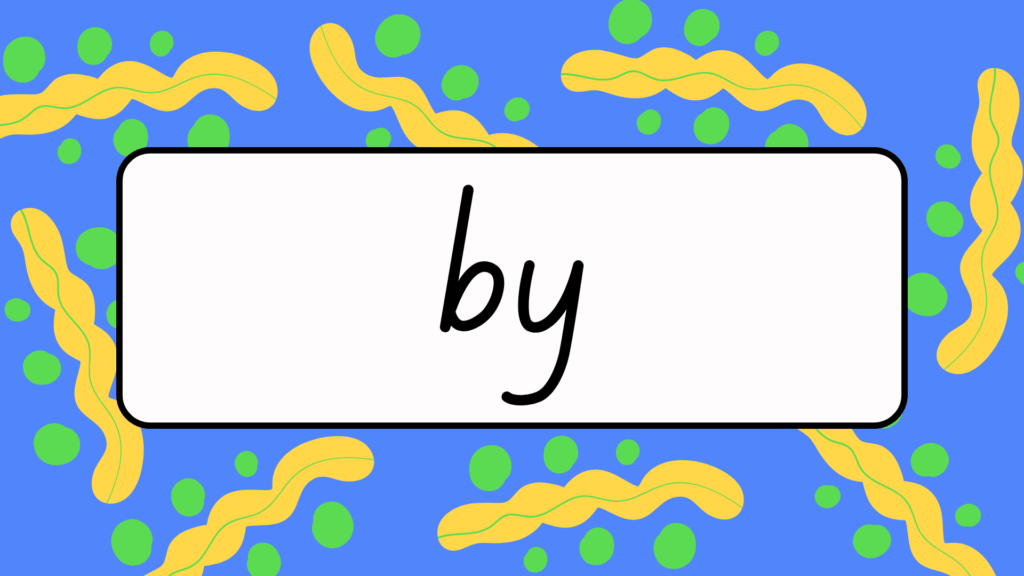
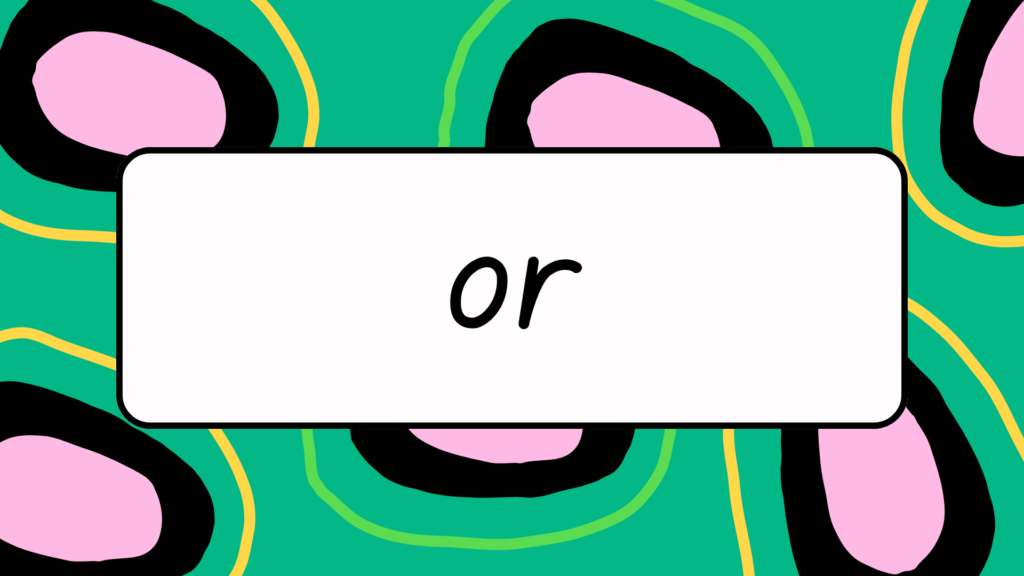


Characteristics of Sight Words
- High Frequency: Sight words are the most frequently occurring words in written English. Children will encounter these words often in their reading materials.
- Irregular Spelling Patterns: Many sight words do not follow standard phonetic rules, making them difficult to sound out using typical decoding strategies. For example, words like “said” and “does” do not follow regular spelling patterns.
- Function Words: Sight words often include function words such as pronouns, prepositions, conjunctions, and articles (e.g., “he,” “on,” “and,” “the”). These words are essential for the grammatical structure of sentences.
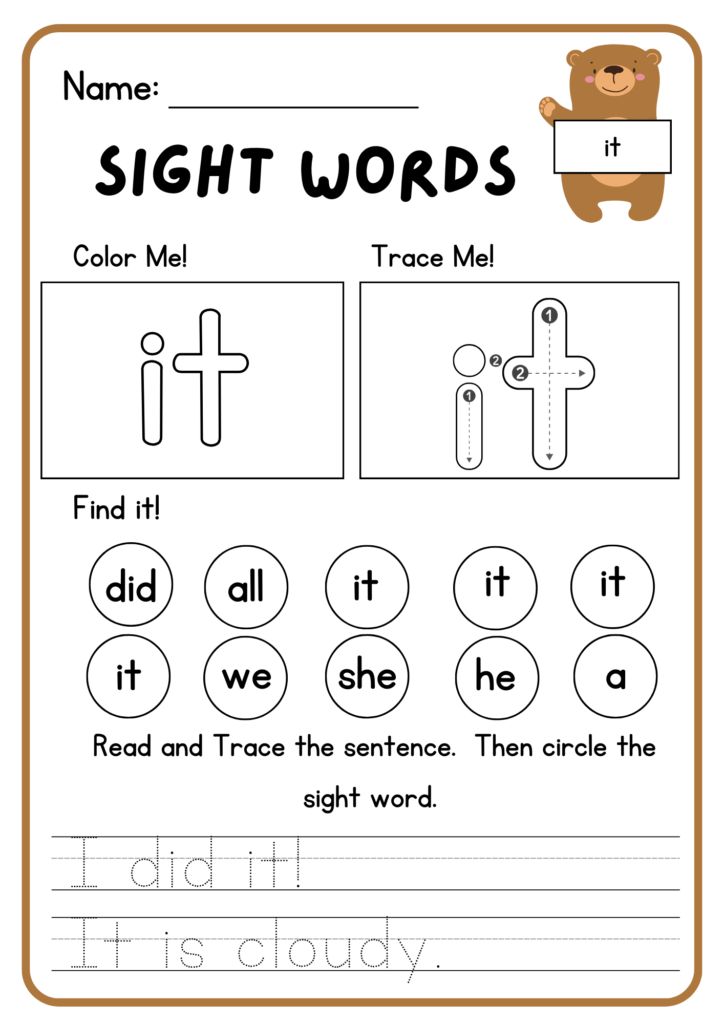
Download Sight Words Worksheet
Teaching Sight Words
- Repetition and Practice: Repetition is key when teaching sight words. Children should be exposed to these words frequently and in various contexts. Flashcards, word walls, and repetitive reading of simple books can be effective strategies.
- Engaging Activities: Using games and interactive activities can make learning sight words fun and engaging. Bingo, matching games, and word hunts are popular methods that encourage active participation.
- Multi-Sensory Approaches: Incorporating different senses can enhance learning. For example, children can trace words with their fingers, use magnetic letters, or write words in sand or shaving cream.
- Contextual Learning: Reading books and sentences that contain sight words helps children see how these words function in context. This approach reinforces their understanding and retention.
Assessing Sight Word Knowledge
- Flashcard Tests: Teachers can use flashcards to quickly assess whether children can recognize sight words instantly. This method helps identify which words need more practice.
- Reading Observations: Observing children as they read aloud can provide insights into their sight word recognition. Teachers can note which words cause hesitation or errors.
- Writing Activities: Asking children to write sentences or stories that include sight words can show their ability to use these words correctly in context.
Challenges in Learning Sight Words
- Memory Load: Memorizing sight words can be challenging for some children, especially those with learning differences such as dyslexia. These children may need more repetition and multi-sensory techniques to aid retention.
- Phonetic Confusion: Since many sight words do not follow phonetic rules, children who rely heavily on phonics might struggle with these exceptions. Explicit teaching and practice are necessary to overcome this hurdle.
You may also like: Free Kindergarten English Worksheets
You may also like: Sight Words Worksheets
Supporting Struggling Readers
- Individualized Instruction: Tailoring instruction to meet the needs of each child can be beneficial. This might involve more one-on-one time, specialized resources, or additional practice opportunities.
- Positive Reinforcement: Encouraging and rewarding progress, no matter how small, can motivate children. Positive reinforcement helps build their confidence and persistence.
- Parental Involvement: Parents can support sight word learning at home by reading with their children, practicing sight words daily, and incorporating fun activities into their routine.
Conclusion
Sight words are a fundamental component of early literacy. By recognizing these words quickly and accurately, children can improve their reading fluency, build confidence, and lay a strong foundation for future learning. Through repetition, engaging activities, and supportive teaching methods, educators and parents can help young readers master sight words, setting them on the path to becoming proficient and enthusiastic readers.